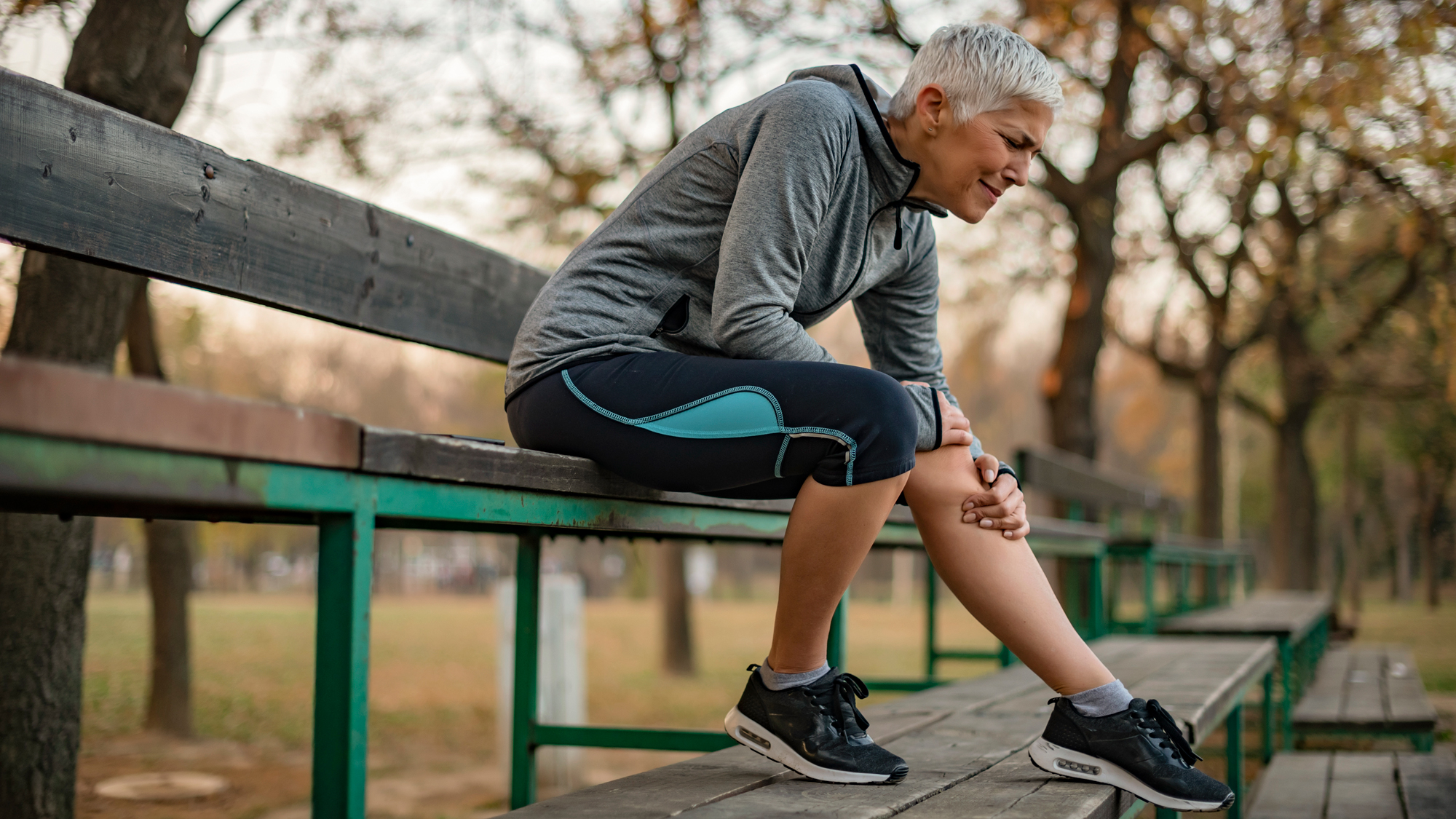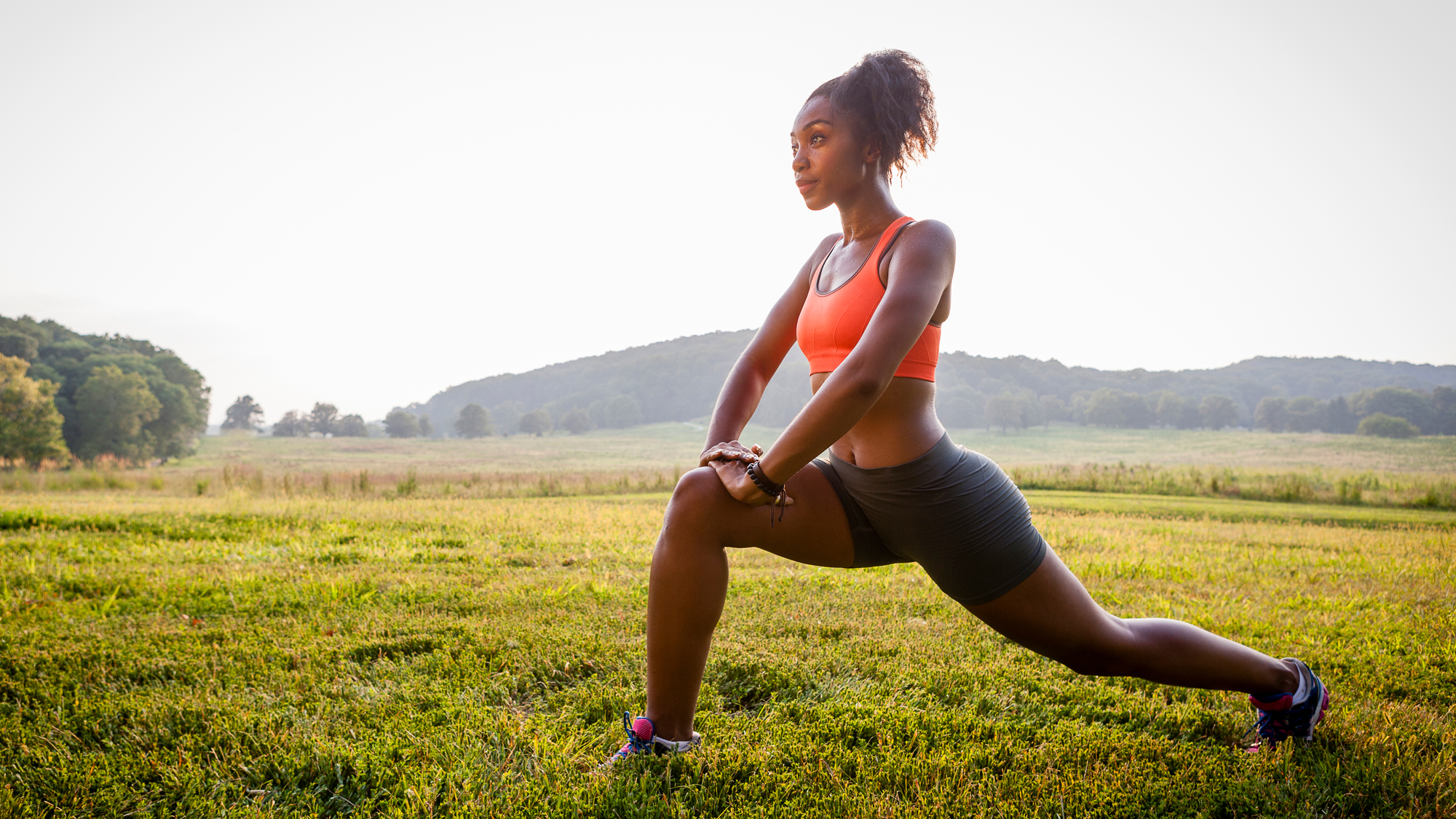Recreational runners at major risk of injury, research finds - here’s three easy ways to avoid it
Running injuries are extremely common but here are some simple tips to help all recreational runners avoid future injury


Running is an excellent excuse to get outdoors and blow off some steam - even more so now that a lot of us are still working from home. However, with running, like most sports, there does come risk of injury and this is especially significant for recreational runners.
In a study published by the University of Gothenburg earlier this year, it was found that just under half (46%) of recreational runners experience injury, most commonly in the knees, calves or achilles tendons.
The doctoral student, Jonatan Jungmalm, who took on this research recruited over 200 men and women who had been recreationally running for at least a year and who covered at least 15km a week.
The runners involved in the study kept training diaries informing the researcher of the distance they ran each day and whether they experienced any pain.
Jungmalm said of his findings, "Few of the injuries were long-lasting. But all the injuries prevented the runners from exercising as usual.” He also said that those who had experienced an injury before were more likely to incur an injury again.
However, the research shouldn’t discourage regular or would-be runners from lacing up their running shoes (see our picks of the best running shoes for men and best running shoes for women) and doing regular runs, whether in the great outdoors or on a treadmill.
A study published in the Journal of the American College of Cardiology found that just managing five to ten minutes of low-intensity running a day can improve the longevity of a person’s life. And to keep this up there are ways in which we can train in order to keep up recreationally running and avoid injury at the same time.
Start your week with achievable workout ideas, health tips and wellbeing advice in your inbox.

Three ways to avoid running injuries
Progress slowly
Firstly, though it feels ace when we have a breakthrough with our running and run that extra half kilometre than normal or finish a 5K a few seconds quicker, we should never overload our bodies. The Journal of Orthopaedic & Sports Physical Therapy published a study in 2014 showing that beginner runners who increased their running distance by more than 30% over a fortnight seemed to be more likely to experience distance related injuries than other runners who increased their distance by under 10%. Recreational running should be enjoyable so avoid pushing yourself to unnecessary pain.
Nail your running form
Another thing to consider is running form. You could be causing injury as a result of holding bad posture while running. All runners have different postures and this can depend on the distance and level of speed someone can run at, but we have a guide on the perfect running form for anyone looking to get to the basics of it.
Build up relevant muscles
Lastly, the research found that participants who began the study with relatively weak outer thighs were at a higher risk of injury. Running is a high impact sport meaning additional stress is placed on our joints. Ensuring that your legs feel strong can help prevent the event of a running injury. If you worry that you may have relatively weak outer thighs then exercises such as lunges and squats, or our best leg workout guide can help to build muscle in that area.
Jessica is an experienced fitness writer with a passion for running. Her career in journalism began in local news and she holds a Masters in journalism. Jessica has previously written for Runners World, penning news and features on fitness, sportswear and nutrition.
When she isn't writing up news and features for Fit&Well covering topics ranging from muscle building, to yoga, to female health and so on, she will be outdoors somewhere, testing out the latest fitness equipment and accessories to help others find top products for their own fitness journeys. Her testing pairs up nicely with her love for running. She recently branched out to running 10Ks and is trying to improve her time before moving on to larger races. Jessica also enjoys building on her strength in the gym and is a believer in health and wellness beginning in the kitchen. She shares all of this on her running Instagram account @jessrunshere which she uses for accountability and for connecting with like-minded fitness lovers.
